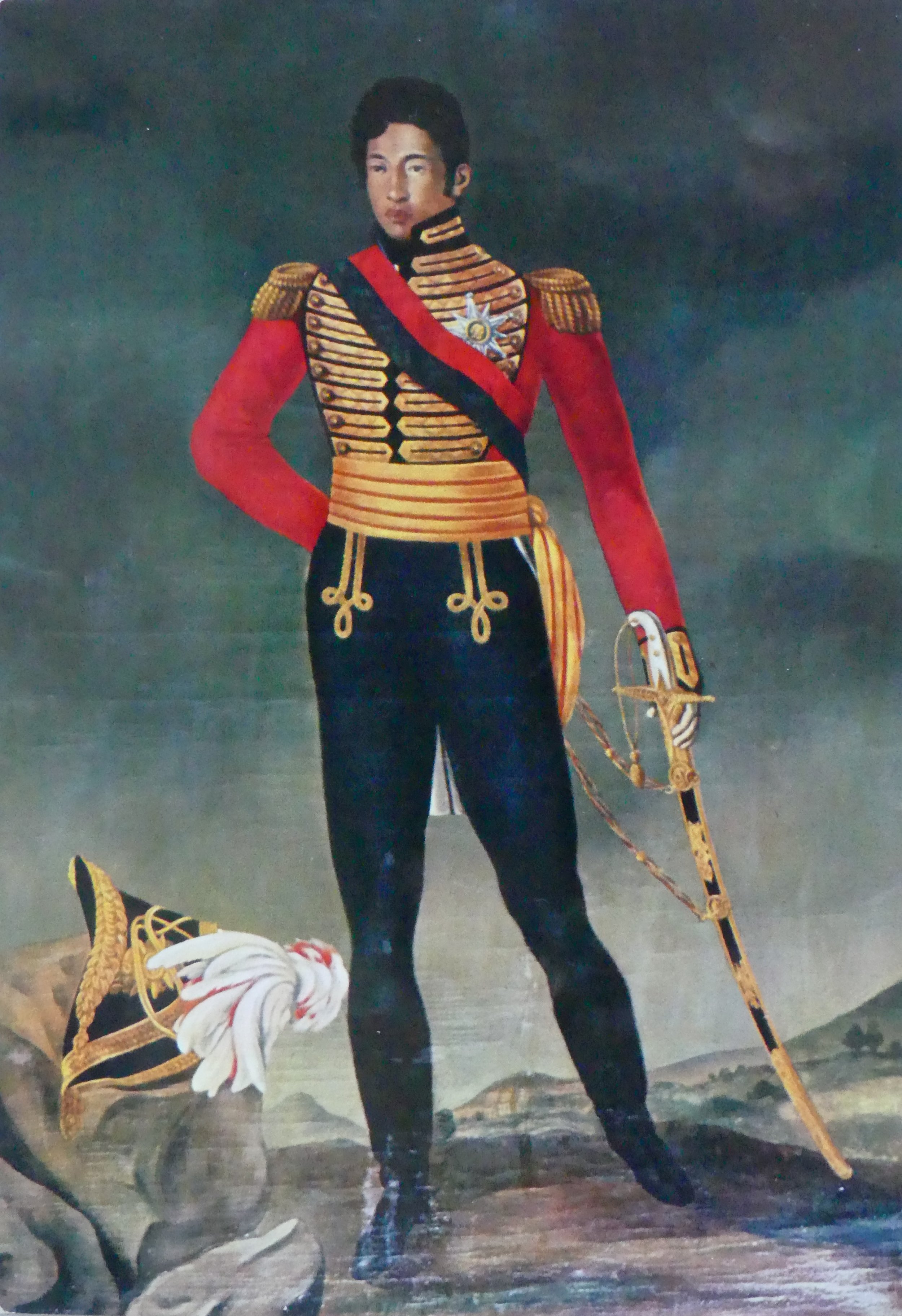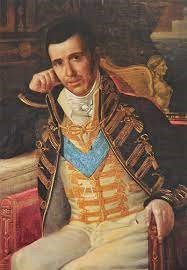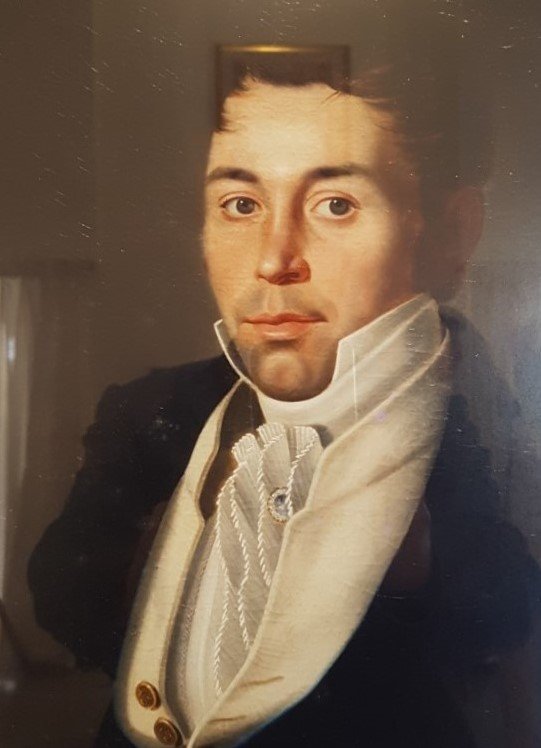To be published in the U.S. and U.K. by Blackwater Press, June 2023
Paperback (305 pp), price £14.99/$19.99
Radama, the young, ruthless ruler of the rising military power in Madagascar, with a thirst for conquest, sex, and alcohol.
Robert Townsend Farquhar, the subtle, silver-tongued governor of Mauritius, whose plantation economy depends on slave labor.
James Hastie, an educated, enterprising East India Company sergeant, in the right place at the right time to advance his career.
1n 1817, James Hastie, a 30-year-old East India Company sergeant, embarked on an ambitious and risky mission. He travelled to the court of Radama, the young ruler of the most powerful kingdom in Madagascar, to convince him to stop the export of slaves. It was a deal with the devil: in return for banning the slave trade, the British trained Radama’s army and supplied muskets and gunpowder, allowing him to expand his dominions, while turning a blind eye to the internal slave trade. Hastie became the British agent in Madagascar, and a trusted advisor to Radama, accompanying him on his military campaigns and introducing social reforms, until his untimely death in 1826.
Mission to Madagascar is based on Hastie’s unpublished journals, one of them recently discovered, and other primary sources, including letters and political and military dispatches. The journals from 1817 to 1825 offer the most comprehensive early 19th century account of Madagascar, its landscape, crops, industry, commerce, culture, and inhabitants. The relationship between Hastie and Radama would shape the course of history in the southwest Indian Ocean. Hastie, who had no diplomatic training, lived by his wits as he won the king’s confidence. The intelligent, charming yet often ruthless Radama skillfully used the British envoy to assert power over the nobility and his political rivals who profited from the slave trade. This would be the first biography of a man whom Sir Mervyn Brown, a former UK ambassador and historian of Madagascar, described as “one of the most important and attractive figures in the history of Anglo-Malagasy relations.”
The research journey, and a jigsaw puzzle of sources
In my search for Hastie’s journals, I faced obstacles—gaps in time, lost and missing items, a 1902 French translation that raised as many issues as it solved, faded and water-damaged pages from the Mauritius National Archives, and a “copy” at the Cleveland Public Library that turned out to be an edited version of the original journal. With some sleuthing, I located an 1821 journal that historians had long thought lost. The trail of clues took me from the notes of a history professor in Mauritius to Christie’s auction house in London, an Anglo-Saxon historian at Cambridge University, and finally to the French vacation home of a British textile designer. It was like putting together a large jigsaw puzzle, where some pieces were missing and some did not fit well, but the journals, along with other contemporary sources, offer a compelling narrative of how one man, living by his wits, succeeded in ending centuries of slave trade from Madagascar.



